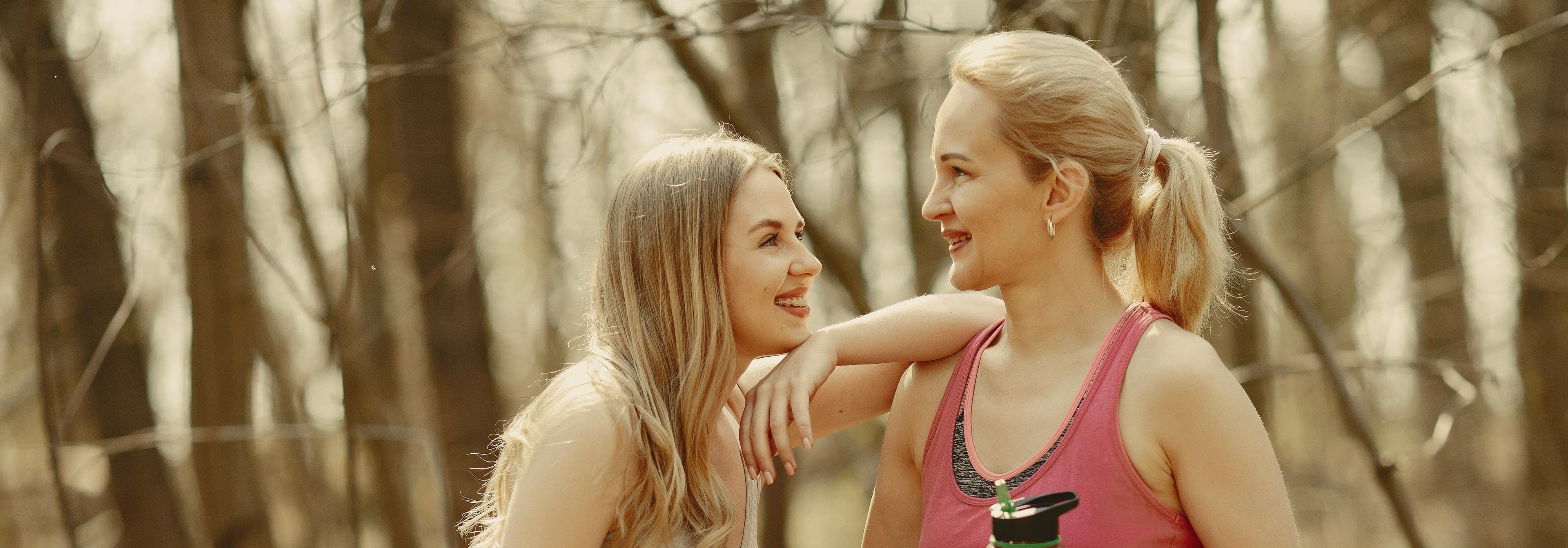Whether you’re in your early twenties popping along for the odd superficial chemical peel, or you’re in your late fifties and committed to the anti-wrinkle injection game, aesthetic treatments are loved by adults of all ages. But, depending on how old you are, there is actually a difference between the effects that treatments will have on your skin. Intrigued? Let me tell you about prejuvenation vs. rejuvenation.
What is prejuvenation?
Prejuvenation - a snazzy blend between prevention and rejuvenation - is a relatively recent term to enter the aesthetics world, and refers to taking care of our skin before ageing grabs hold of the reins and takes over. Increasingly popular amongst millennials, more and more people in their twenties and early thirties are seeing the benefits of taking care of their skin early on, whilst it’s still youthful, to boost collagen, elastin and volume. And the aim, ultimately (or hopefully!), is to preserve the skin and keep wrinkles and what not away for longer, rather than treating present signs of ageing, so there’s less need to rejuvenate later down the line. It’s like nipping ageing in the bud.
So, what sort of prejuvenation steps are lots of twenty-to-thirty-something-year-olds taking in the name of staying youthful? Prejuvenation ranges all the way from simply applying retinol (I, personally, can never say no to a bit of vitamin A action) to minimally invasive treatments like preventative Botox to fend off frown lines - and everything in between (like fillers, microneedling, Ultherapy, radiofrequency treatments and chemical peels, etc.). And one of the main reasons people are turning to aesthetic treatments from as young as their mid-twenties is to bank their collagen - opting for collagen-boosting treatments so they’re less susceptible to collagen loss (and all of the rubbish effects associated with it) in future. I’ve written another article all about the art of collagen banking, if you fancy a read.
But, whilst all of this sounds great, the jury’s actually still out when it comes to prejuvenation. There are doctors and aesthetic professionals on both sides of the fence - some are huge advocates of a prejuvenation regime, and others are sceptical about the long-term effects. So, maybe we need to wait for the final verdict to come back on this.
What is rejuvenation?
Rejuvenation, on the other hand, is a word we’re probably all familiar with - it describes the effect that we typically associate with the likes of dermal fillers, Profhilo, Botox, and everything else. By the time we’ve started the road to rejuvenation (roughly from the late thirties onwards), we’re trying to undo some of the effects ageing has had on our skin, like lines, wrinkles, crepey skin, jowls (and, unfortunately, the list goes on). At this stage, it’s about reversing, rather than preserving.
And there are lots of reasons why people might turn to rejuvenating treatments in their 40s, 50s, 60s, and so on. It could be to treat an insecurity, give themselves a confidence boost, or simply restore the youthful glow of their younger years.
And whether you’re in the prejuvenation or rejuvenation stage of your aesthetics journey, who really cares?! So long as you’re happy and confident in your skin, that’s all that matters.
To find out more about any of the prejuvenation or rejuvenation methods out there, check out the incredible, medically qualified cosmetic practitioners in your area listed on Glowday.

